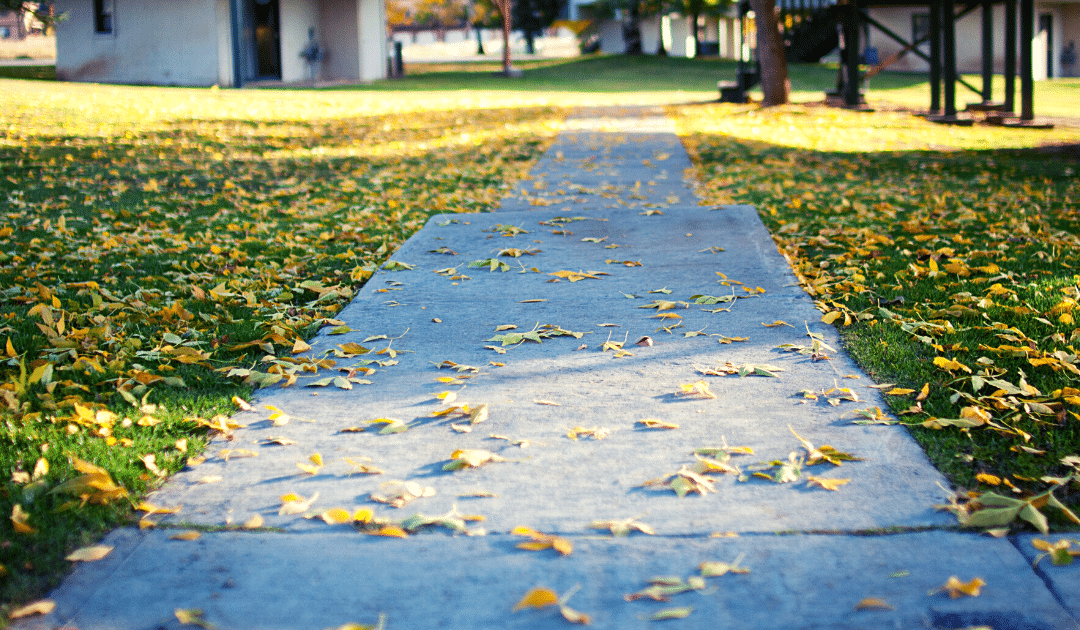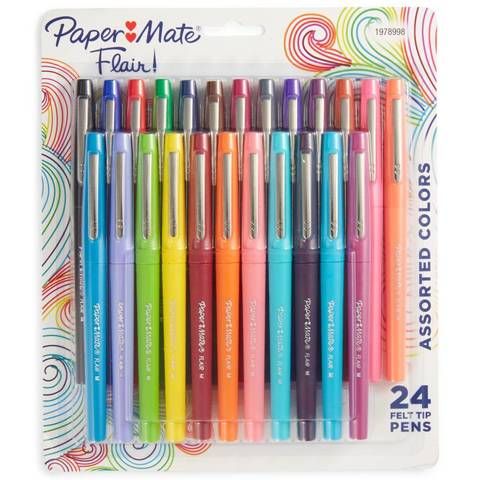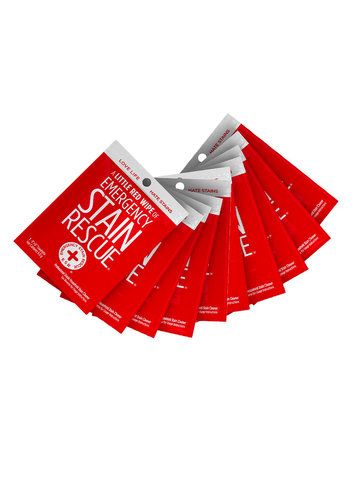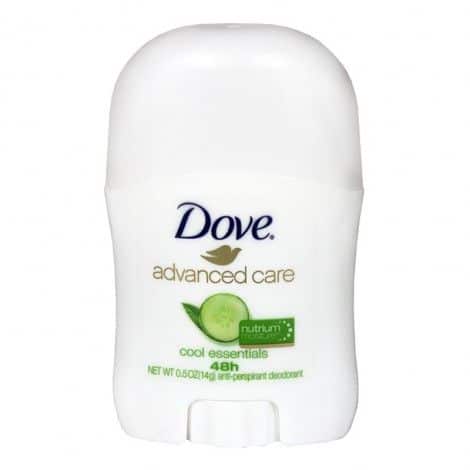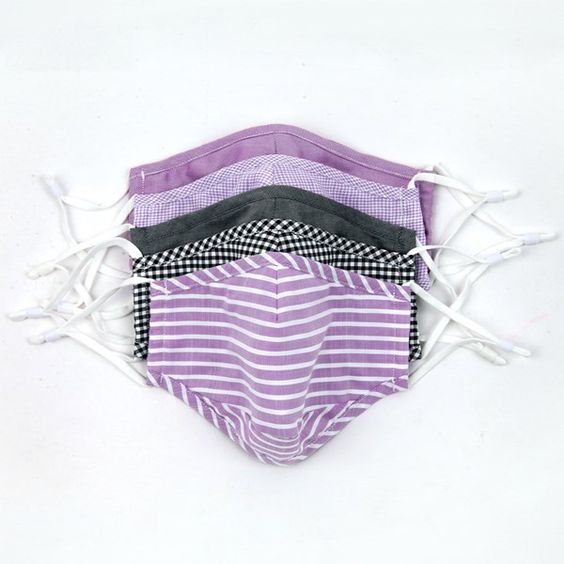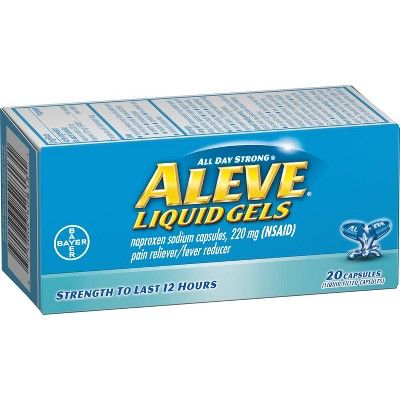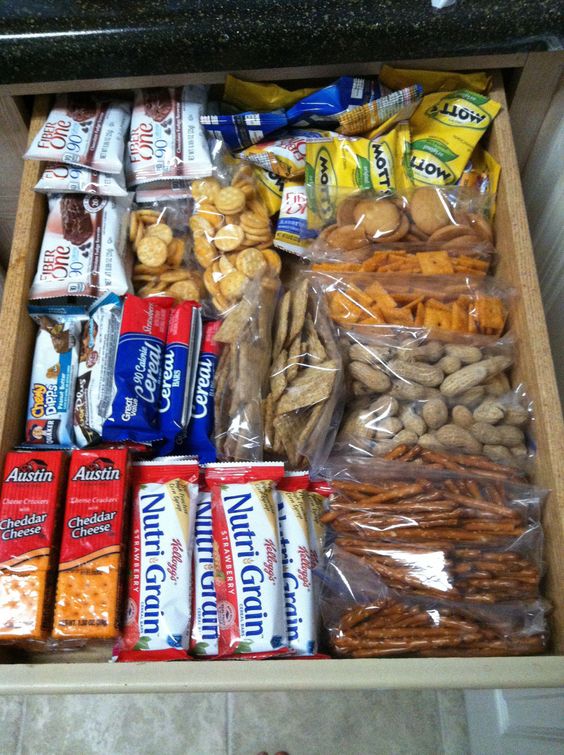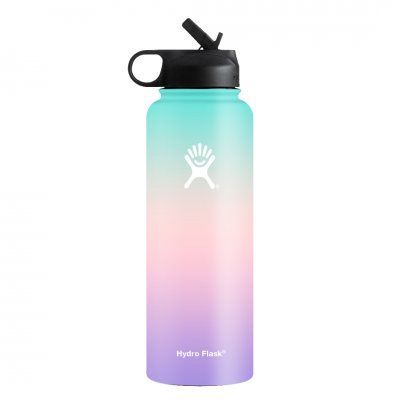
5 Realistic New Year’s Resolutions for Teachers
Author: Erin Randolph has taught elementary school for ten years. She lives in Olathe, KS with her husband, son, and daughter.
After a short winter break, teachers will be returning to their classrooms (and virtual classrooms) to begin the 2nd semester of the school year. The new semester brings with it a fresh start. It can also be stressful jumping back into a hectic schedule after such a blissful break.
Try making some of these small changes to help ease this transition.
Get Organized
An organized classroom and workspace are important for students and for teachers. Start small, like that messy, top desk drawer, or home office desk. Then work up to the big stuff, like the 4-drawer filing cabinet you haven’t touched in years.
I try to get one “space” completed each day. A good rule of thumb for questionable items: if you haven’t used it, looked at it, or touched it in a year, toss it or give it away. With your classroom and workspace uncluttered, you can focus more of your attention on students.
Make a Plan to Positively Communicate About Students
I began doing this a few years ago and I’ve never looked back. At the beginning of the 1st and 3rd quarters (September and January), I send home a message to each family regarding their student. I plan for one message per day, moving alphabetically through my roster. For teachers that are teaching remotely, an email or a text works just fine too!
In the messages, I praise students for accomplishments, positive behaviors, and hard work. My messages are only about a paragraph long and take less than 10 minutes to compose. Parents appreciate the communication from me and students are excited about being recognized for the things they are doing well in the classroom.
Don’t have time to do that? Try these printable positive notes home from The Brown Bag Teacher.
Dedicate a Time to Enter Grades
With everything that is going on in the world and in classrooms today, it’s hard to keep up with the grading itself, much less entering it into “the system.” To avoid this stress, carve out a time that you will solely dedicate to entering grades. This might be a daily routine or a weekly one.
Mine happens to be on Friday morning (before all the weekly homework comes in). I dedicate 30 minutes of my Friday plan time just for this task. When the quarter is over, I don’t have to worry about scrambling to get my “grades in.”
Plan Spot Checks for Struggling Students
Most teachers are consistently monitoring students who have difficulty. To more accurately monitor student progress, my district uses a web-based universal screener and progress monitoring program for reading and math. I set a notification on my school calendar to check on my struggling students.
Every other week, I check on my students who receive a math or reading intervention (help outside of the regular, core instruction time). I make note of students who are not making progress in their interventions and follow through with the appropriate teachers/interventionists. I also like to use student data folders; students track their own progress on weekly tests and quizzes. It’s efficient and effective for tracking student progress throughout the year and something to share with parents at conference time.
Get Students Involved in Goal Setting
Adults set New Year’s resolutions, so why shouldn’t students? The New Year is a great time for students to set academic and behavior goals for the semester. I ask students to:
-
- Identify the specific goal (ex: score 8 out of 10 on weekly spelling test 4 weeks in a row)
- Make a plan for how they will accomplish the goal (ex: write spelling words 2 times each night)
- Provide evidence that they met goal (ex: 4 consecutive teacher-graded tests with a score of at least 80%)
If you are learning in-person, post the goals in the classroom where students will always see them. If not, have each student write them on sticky notes and place them where they can see them daily.
Take time during the quarter or semester to conference with students about said goals. Are students making progress towards goals? Why or why not? What needs to change?
Check-in with yourself at the end of every school week and see if you are sticking to your resolutions, this will help hold you accountable and keep you on track.
Happy New Year and happy second semester, you’re almost there! You can do it!
This article is furnished by California Casualty, providing auto and home insurance to educators, law enforcement officers, firefighters, and nurses. Get a quote at 1.866.704.8614 or www.calcas.com.

